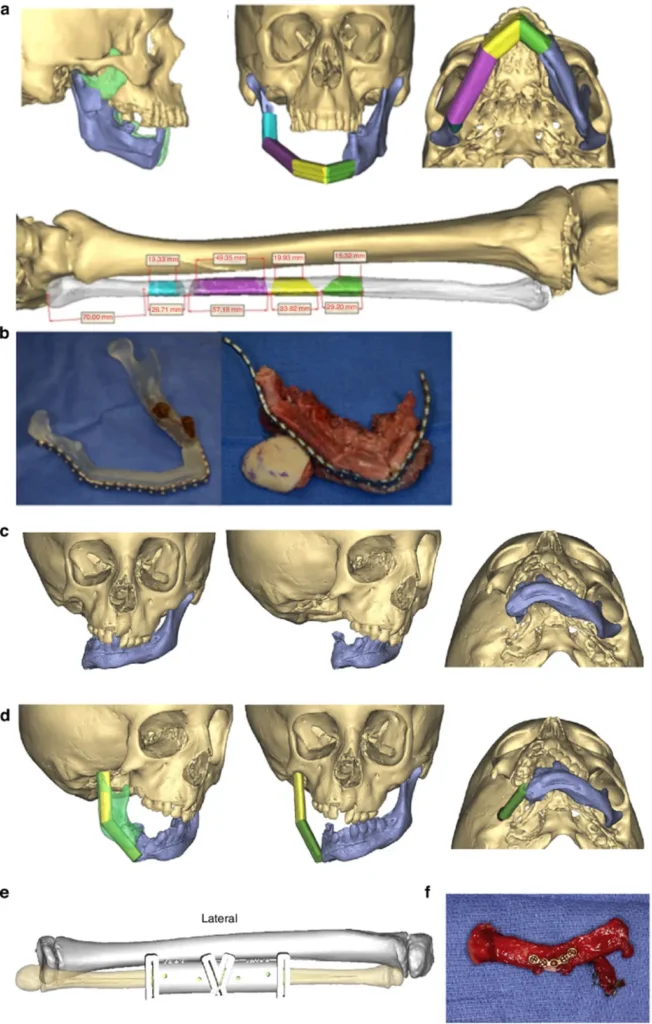In a groundbreaking study published in the journal *Exploration of BioMed-X* (translated to English as “Exploration of BioMed-X”), researchers have demonstrated the potential of computer-assisted surgical simulation to revolutionize temporomandibular joint (TMJ) reconstruction. Led by Marwa Taha Ibrahim from the Department of Oral and Maxillofacial Surgery at Tanta University in Egypt, the research highlights a significant advancement in precision medicine that could have far-reaching implications for the medical and energy sectors.
The study focused on ten patients, with an average age of 14.5 years, who suffered from TMJ pathology and associated pain. Using computer-assisted surgical simulation, the team planned and executed TMJ reconstructions using costochondral grafts. The results were striking: postoperative mouth opening improved significantly, and facial asymmetry was corrected. “The precision of the computer-assisted surgery simulation allowed us to achieve outcomes that were previously unattainable with traditional methods,” said Ibrahim.
The key to this success lies in the integration of virtual surgical planning with 3D-printed guiding templates. These templates provided precise osteotomy guidance and facilitated accurate repositioning of bony segments, enhancing the contouring of mandibular anatomy. “This technology not only improves the accuracy of the surgery but also reduces the overall time and complexity of the procedure,” Ibrahim added.
The implications of this research extend beyond the operating room. In the energy sector, the principles of precision and efficiency demonstrated in this study could inspire innovations in areas such as robotic surgery and automated systems. The use of 3D-printed guides and virtual planning could lead to more efficient and accurate energy infrastructure projects, reducing costs and improving safety.
As the medical community continues to embrace digital technologies, the findings from this study could pave the way for broader applications in reconstructive surgery and beyond. “This is just the beginning,” Ibrahim noted. “The potential for computer-assisted surgery simulation is vast, and we are excited to explore its applications in other areas of medicine and industry.”
The study, published in *Exploration of BioMed-X*, represents a significant step forward in the field of TMJ reconstruction and offers a glimpse into the future of precision medicine. As researchers continue to push the boundaries of what is possible, the impact of this technology is likely to be felt across multiple industries, driving innovation and improving outcomes for patients and professionals alike.

